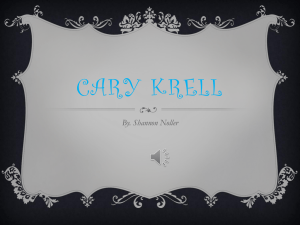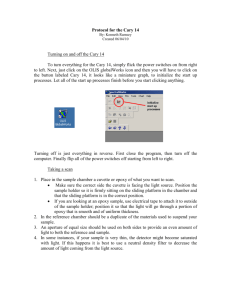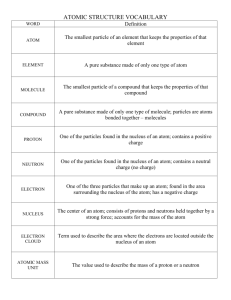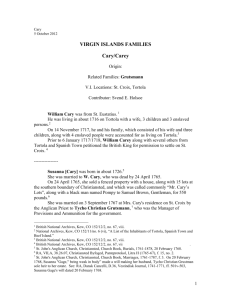`The Scale of the Universe,` by Two Teenage Brothers
advertisement
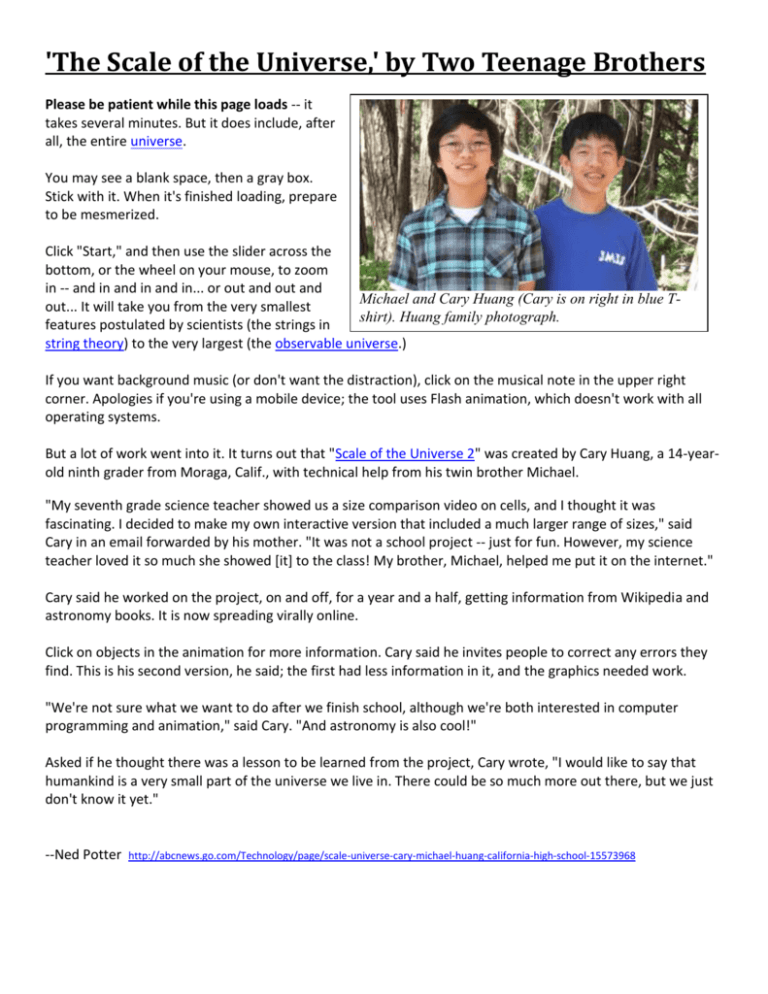
'The Scale of the Universe,' by Two Teenage Brothers Please be patient while this page loads -- it takes several minutes. But it does include, after all, the entire universe. You may see a blank space, then a gray box. Stick with it. When it's finished loading, prepare to be mesmerized. Click "Start," and then use the slider across the bottom, or the wheel on your mouse, to zoom in -- and in and in and in... or out and out and Michael and Cary Huang (Cary is on right in blue Tout... It will take you from the very smallest shirt). Huang family photograph. features postulated by scientists (the strings in string theory) to the very largest (the observable universe.) If you want background music (or don't want the distraction), click on the musical note in the upper right corner. Apologies if you're using a mobile device; the tool uses Flash animation, which doesn't work with all operating systems. But a lot of work went into it. It turns out that "Scale of the Universe 2" was created by Cary Huang, a 14-yearold ninth grader from Moraga, Calif., with technical help from his twin brother Michael. "My seventh grade science teacher showed us a size comparison video on cells, and I thought it was fascinating. I decided to make my own interactive version that included a much larger range of sizes," said Cary in an email forwarded by his mother. "It was not a school project -- just for fun. However, my science teacher loved it so much she showed [it] to the class! My brother, Michael, helped me put it on the internet." Cary said he worked on the project, on and off, for a year and a half, getting information from Wikipedia and astronomy books. It is now spreading virally online. Click on objects in the animation for more information. Cary said he invites people to correct any errors they find. This is his second version, he said; the first had less information in it, and the graphics needed work. "We're not sure what we want to do after we finish school, although we're both interested in computer programming and animation," said Cary. "And astronomy is also cool!" Asked if he thought there was a lesson to be learned from the project, Cary wrote, "I would like to say that humankind is a very small part of the universe we live in. There could be so much more out there, but we just don't know it yet." --Ned Potter http://abcnews.go.com/Technology/page/scale-universe-cary-michael-huang-california-high-school-15573968 The Scale of the Universe http://htwins.net/scale2/?bordercolor=white 1. What is the largest object? What is its approximate size? 2. What is the smallest object? What is its size? 3. Describe quarks and neutrinos. What “flavors” do quarks come in? How is size related to energy in neutrinos? 4. Compare the sizes of protons, neutrons, and electrons. 5. Where are neutrons found? How does the size of a neutron compare to the nucleus of an atom? What is the charge of a neutron? 6. What is the size of a proton? Where are protons found? What is the charge of a proton? 7. Describe 2 similarities and 2 differences between the hydrogen and helium atom? 8. Is a hydrogen atom visible to an electron microscope? Is a carbon atom? 9. Why is carbon the basis of life on earth? How many covalent bonds does it have? 10. How large are phospholipids? Which cellular structures do they make up? 11. What is glucose? How is it made? 12. What are alpha helices? What two common proteins are made of about 70% alpha helices? 13. What is a phospholipid bilayer? How do phospholipid bilayers “form naturally”? 14. What is a nucleic acid? How large is DNA? How long is the DNA in one cell? How many genes does that DNA contain? 15. How small is the smallest virus? Is it a living thing? 16. What size is the Hepatitis B virus? What symptoms does the virus cause in humans? 17. Can HIV be seen with an optical microscope? What percentage of the world population has been infected with HIV? 18. Draw the bacteriophage. What are they? 19. What is E.coli? What is its average size? 20. Compare the X chromosome to the Y chromosome in size and function. 21. Put the following in order from smallest to largest based on size: a. Carbon atom f. Glucose k. Phospholipid p. White blood cell b. Cell nucleus g. Human egg l. Protein q. X chromosome c. Chloroplast h. Hydrogen atom m. Red blood cell d. DNA i. Mitochondrion n. Skin cell e. E.Coli j. Oxygen atom o. Virus 22. Which cell organelles are found in all eukaryotic cells? Where is DNA located in a cell? What happens during mitosis? 23. How many ATP molecules are created every day in your body by mitochondria? Mitochondria transform _______ energy in glucose into energy in ATP, which is the energy molecule that can be used to do work in a cell. 24. Which human body cells have no nucleus? Which human body cells may have more than one nucleus? 25. Which human body cell is the largest? 26. About how many strands of hair are on your head? 27. What are the largest bacteria? What is its average size? 28. What is Rafflesia? How does its size compare to a human? 29. Compare the sizes of Earth, Mars, Titan, Mercury, Venus, Saturn, Jupiter and the Moon. 30. What is Alpha Centauri A? Compare the sizes of a planet, solar system, nebula, galaxy, and universe.
